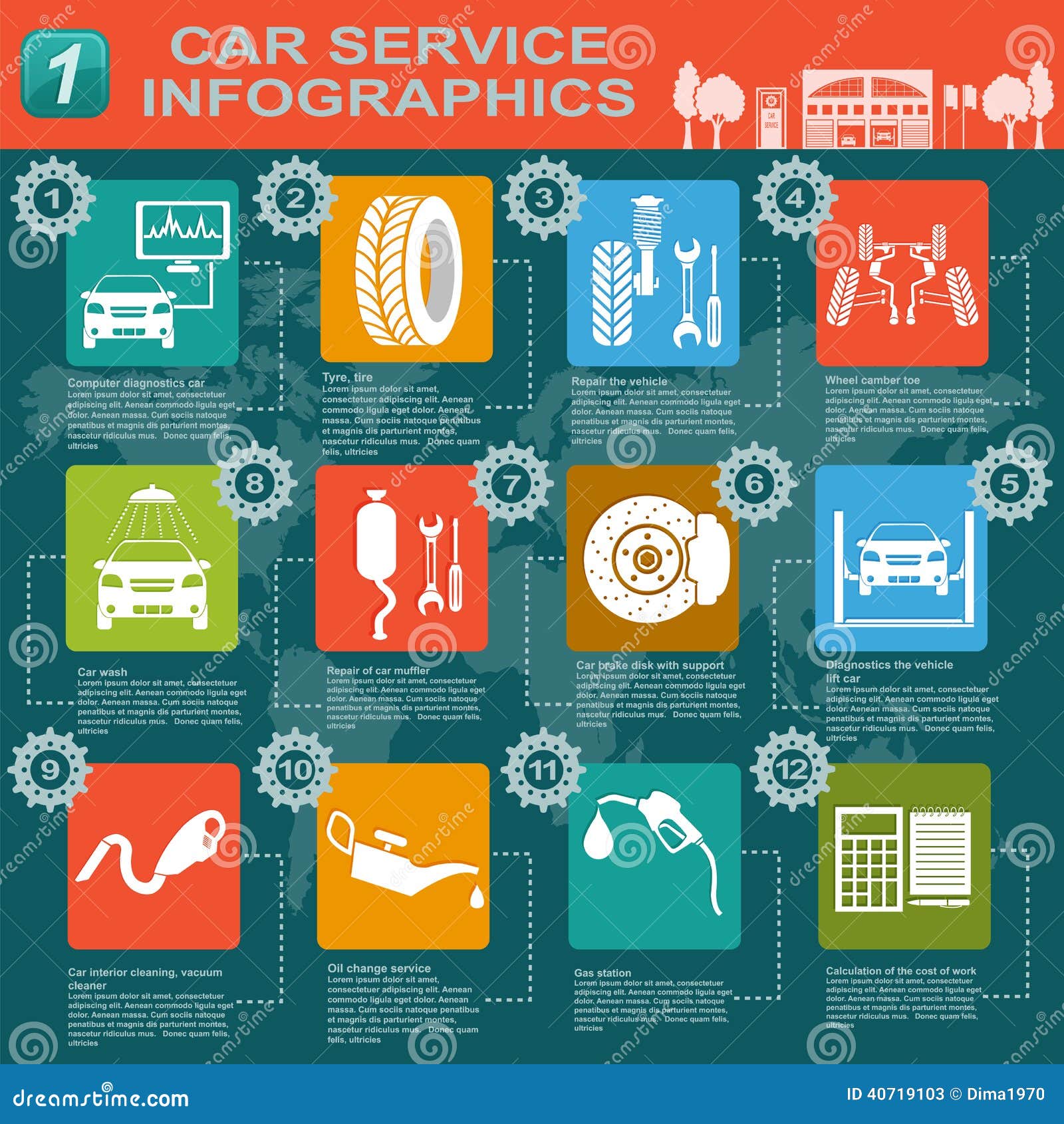Recognizing Your Cars And Truck'S Caution Lighting: What Do They Actually Mean?
Recognizing Your Cars And Truck'S Caution Lighting: What Do They Actually Mean?
Blog Article
Write-Up Created By-Higgins Forbes
When you lag the wheel, those beautiful warning lights on your dashboard can be a little bit perplexing. Do you understand what they're attempting to tell you regarding your auto's health and wellness? Comprehending the relevance of these lights is essential for your security and the long life of your car. So, the following time one of those lights turns up, would not you intend to understand its message accurately and take the essential actions to address it?
Common Caution Lighting and Interpretations
Identify usual caution lights in your vehicle and comprehend their significances to guarantee risk-free driving.
The most typical caution lights include the check engine light, which signifies problems with the engine or exhausts system. If this light begins, it's crucial to have your lorry examined promptly.
The oil stress advising light indicates low oil pressure, requiring instant focus to avoid engine damage.
A blinking battery light might suggest a defective billing system, possibly leaving you stranded if not attended to.
The tire stress monitoring system (TPMS) light alerts you to reduced tire pressure, influencing vehicle security and gas efficiency. Ignoring this might cause dangerous driving problems.
The abdominal muscle light indicates a problem with the anti-lock braking system, endangering your ability to stop promptly in emergencies.
Lastly, the coolant temperature warning light warns of engine getting too hot, which can cause severe damages otherwise resolved swiftly.
Understanding these usual caution lights will certainly help you address issues quickly and keep risk-free driving problems.
Importance of Prompt Interest
Recognizing the usual caution lights in your vehicle is just the first step; the importance of immediately addressing these cautions can not be stressed sufficient to ensure your safety and security when driving.
When a caution light illuminates on your dashboard, it's your auto's way of communicating a prospective concern that needs focus. Overlooking these cautions can cause extra extreme issues in the future, endangering your safety and potentially costing you more in repairs.
carwashauckland to advising lights can stop breakdowns and mishaps. For instance, a blinking check engine light might suggest a misfire that, if left neglected, could cause damage to the catalytic converter. Addressing this immediately can conserve you from a costly repair work.
Likewise, go to this website cautioning light might indicate reduced brake liquid or used brake pads, critical parts for your safety and security when driving.
DIY Troubleshooting Tips
If you see a caution light on your control panel, there are a few DIY repairing suggestions you can attempt prior to looking for expert help.
The first step is to consult your vehicle's guidebook to recognize what the certain caution light suggests. Occasionally the problem can be as easy as a loosened gas cap activating the check engine light. Tightening the gas cap may settle the issue.
https://paxtonfzsle.azzablog.com/31342188/reveal-the-essential-actions-to-determining-a-trustworthy-auto-service-center-that-will-preserve-your-auto-s-ideal-efficiency-your-lorry-is-worthy-of-remarkable-service is a reduced battery, which can cause various advising lights. Inspecting the battery links for deterioration and guaranteeing they're secure may repair the trouble.
If a caution light continues, you can attempt resetting it by detaching the vehicle's battery for a couple of mins and after that reconnecting it. Additionally, examining your lorry's fluid levels, such as oil, coolant, and brake fluid, can assist repair advising lights connected to these systems.
Final thought
To conclude, understanding your vehicle's caution lights is crucial for keeping your car running efficiently and securely. By without delay addressing these signals and recognizing what they mean, you can stay clear of expensive repair services and potential malfunctions.
Remember to consult your auto's guidebook for specific information on each advising light and do something about it appropriately to guarantee a trouble-free driving experience.
Stay notified, remain secure on the road!
